Maintaining a healthy indoor environment is increasingly crucial in today’s rapidly urbanizing world. With a significant portion of life spent indoors, air quality is paramount. Enter the humble houseplant, both aesthetic and an efficient cleaner of indoor air. Recent focus has shifted towards the remarkable ability of certain plants to filter out common volatile organic compounds (VOCs) and enhance air quality. This article explores the best plants for this purpose, revealing how these natural wonders can contribute to a healthier living space. With each breath taken, these silent guardians work tirelessly, rendering the case for greener interiors undeniable.
Contents
Spider Plant (Chlorophytum comosum)
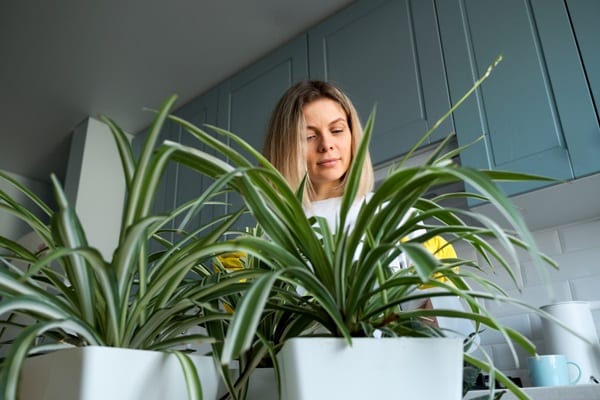
The spider plant is celebrated for its remarkable ability to combat common household toxins, particularly formaldehyde and xylene, which are prevalent in many home environments. This hardy plant is not only a formidable ally against indoor air pollution but also an easy-to-care-for companion, thriving in indirect sunlight and requiring only moderate watering. Its resilience and low maintenance make it an ideal choice for seasoned plant lovers and green-thumbed novices, proving that enhancing indoor air quality need not be complex.
In addition to its purifying prowess, the spider plant is a prolific propagator, producing baby plants that can be easily transplanted, making it a gift that keeps giving. This aspect adds to the aesthetic appeal of having a verdant, lively space and means that one can effectively increase their home’s air-purifying capabilities by simply propagating more plants. It’s a sustainable and cost-effective way to enhance the indoor environment, making the spider plant a must-have for cleaner air.
Snake Plant (Sansevieria trifasciata)
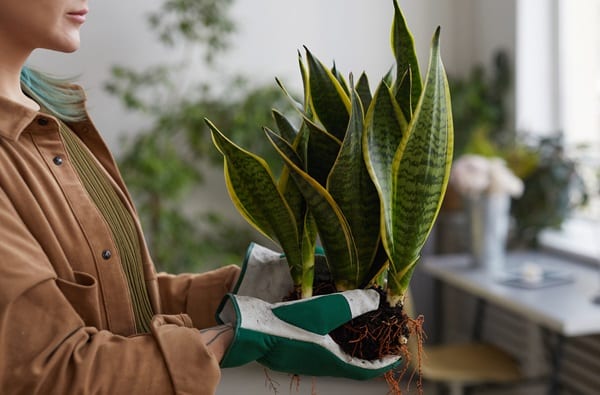
Renowned for its striking, upright leaves, the snake plant is a visual marvel and a nocturnal oxygen powerhouse. Unlike most plants, it absorbs carbon dioxide and releases oxygen at night, making it an excellent plant for bedroom spaces. It helps to improve air quality and promote better sleep patterns. Its unique ability to filter out formaldehyde, trichloroethylene, xylene, and benzene, among others, places it high on the list of must-have air-purifying plants.
The snake plant’s care routine is as straightforward as it gets. Its drought-tolerant nature requires minimal watering, thriving on neglect, and its preference for low-light conditions makes it a versatile addition to any indoor space. This ease of care and its air-cleaning abilities make the snake plant an invaluable asset for those seeking to improve their home’s air quality without dedicating extensive time or resources to plant care.
Peace Lily (Spathiphyllum)
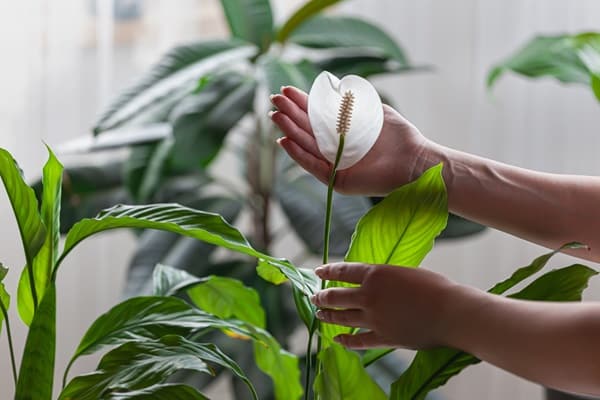
The peace lily’s lush foliage and striking white blooms make it a popular choice for indoor gardeners, but its beauty is matched by its efficiency in removing air pollutants. The Peace Lily stands out as an all-around air purifier, capable of absorbing ammonia, benzene, formaldehyde, and trichloroethylene. Its preference for low to moderate light conditions and its ability to signal when it needs water (through drooping leaves) simplify the care process, making it an appealing option for those new to indoor gardening.
Not only does the peace lily help purify the air, but it also contributes to a home’s humidity levels, promoting a more comfortable indoor climate. This attribute is particularly beneficial in dry environments or during winter months when indoor heating can significantly reduce humidity levels. By incorporating peace lilies into their home, individuals can enjoy cleaner air and a more pleasant and healthful living environment.
Boston Fern (Nephrolepis exaltata)
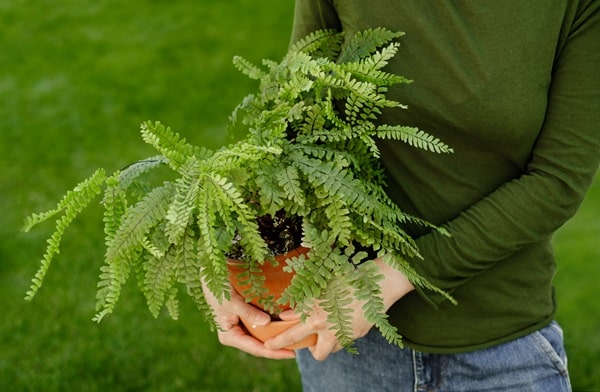
The Boston Fern is another natural air humidifier and purifier, excelling in removing formaldehyde and adding humidity to the indoor environment. Its lush, feathery fronds make it a visually appealing addition to any room, and its ability to thrive in indirect light and maintain a consistent level of moisture makes it a suitable choice for many indoor settings. The Boston fern is particularly effective in bathrooms or kitchens, where humidity levels are naturally higher, enhancing both these spaces’ aesthetics and air quality.
Caring for a Boston fern involves ensuring it remains in a cool place with high humidity and indirect light. Regular misting can help maintain the necessary moisture levels, especially in drier climates or during winter months. Although it may require more attention than other air-purifying plants, the Boston fern’s benefits to indoor air quality and its decorative appeal make it a worthwhile addition to any home.
Aloe Vera (Aloe barbadensis miller)
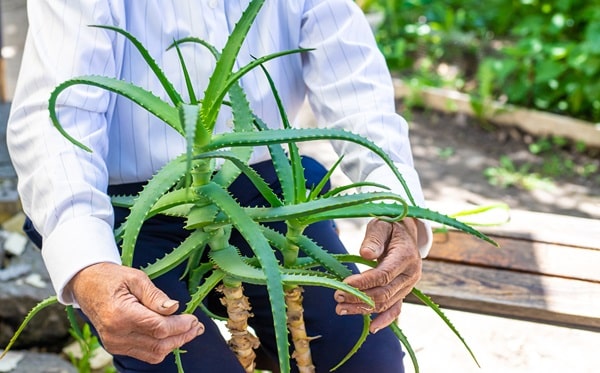
Aloe Vera is renowned for its healing properties, particularly in treating burns and skin conditions, and as a champion of air purification. This succulent plant helps keep your home free from benzene and formaldehyde, commonly found in varnishes, floor finishes, and detergents. Aloe Vera’s ability to absorb these harmful substances and its easy-care nature make it an excellent addition to any household looking to enhance their indoor air quality.
Caring for Aloe Vera is relatively straightforward, as it thrives in sunny conditions and requires minimal watering. Its succulent leaves store water, allowing it to withstand longer periods without hydration, making it perfect for those who might not have a green thumb. Beyond its practicality and health benefits, Aloe Vera adds a touch of green elegance to any space, serving as a reminder of nature’s resilience and beauty.
English Ivy (Hedera helix)
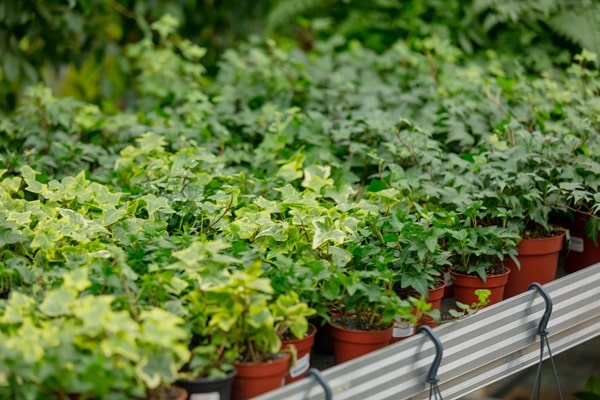
English Ivy, a versatile and hardy plant, is celebrated for its ability to reduce airborne fecal particles and filter out formaldehyde, making it an excellent choice for improving indoor air quality. Its adaptability to various indoor environments and its cascading vines make it a picturesque addition to your home décor, capable of transforming any space with a touch of greenery.
Despite its invasive nature outdoors, when contained and cared for indoors, English Ivy requires moderate sunlight exposure and consistent soil moisture to flourish. Given the right support, it’s particularly suited for hanging baskets or as a climbing plant. This plant not only purifies the air but also adds a dimension of visual interest and charm to your living space, embodying the perfect blend of form and function.
Rubber Plant (Ficus elastic)
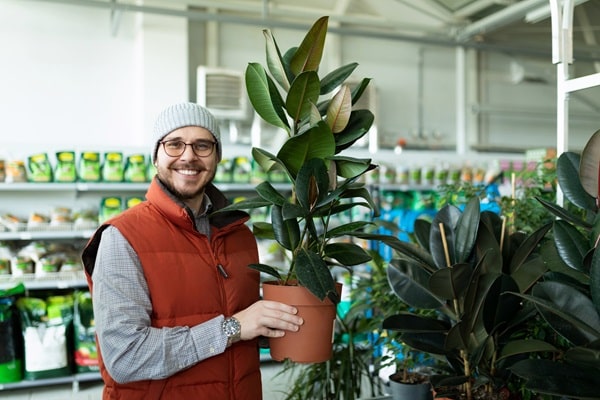
The Rubber Plant is striking in appearance with its glossy, dark green leaves and serves as a robust cleaner. It excels at removing chemical toxins from the air and producing high oxygen levels. This plant’s large leaves are adept at filtering indoor air, making it a powerful ally against indoor pollutants. Its aesthetic appeal and purification capabilities make it a popular choice for those wishing to enhance their indoor environments’ health and beauty.
Regarding care, the Rubber Plant is relatively low-maintenance, preferring indirect light and moderate watering. It’s adaptable to less-than-ideal lighting conditions, making it suitable for various indoor settings. Its ability to grow tall also makes it an excellent option for filling vertical space, adding to the dynamics of room aesthetics. With regular cleaning of its leaves to ensure maximum efficiency in air purification, the Rubber Plant stands out as a decorative and functional element in home décor.
Final Thoughts
Incorporating plants into the home is more than a mere aesthetic choice; it’s a step towards a healthier and more vibrant living environment. The plants highlighted in this article offer a gateway to purifying the air within homes, each bringing unique benefits and requiring varying levels of care. From the low-maintenance Spider Plant and Snake Plant to the visually striking Peace Lily and the towering Rubber Plant, many options are available for those looking to improve their indoor air quality.


